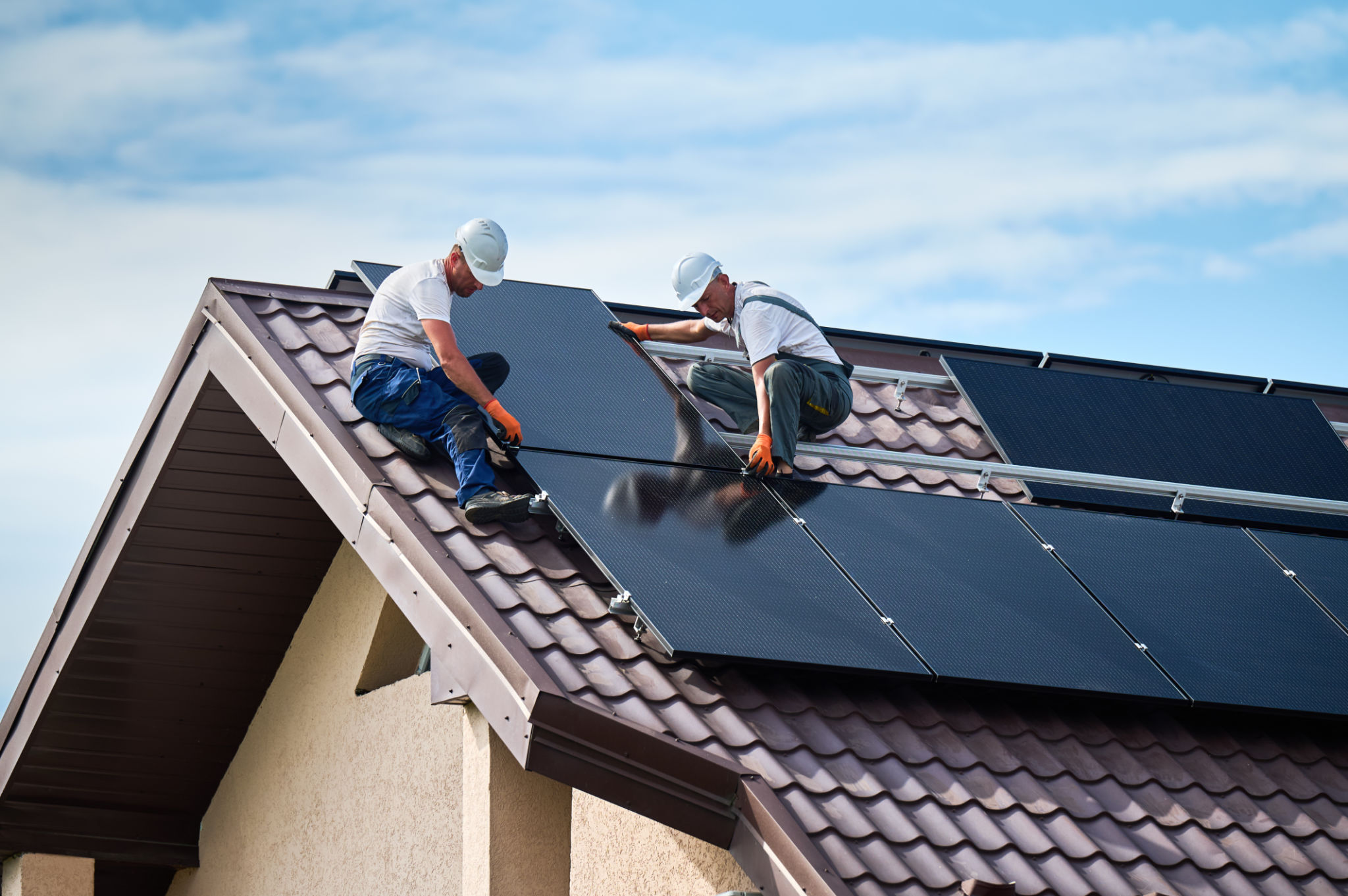Navigating Land Acquisition for Solar Installations in the UK
Understanding the Basics of Land Acquisition for Solar Projects
The increasing demand for renewable energy has made solar installations a popular choice in the UK. However, one of the primary challenges in establishing a solar farm is acquiring suitable land. The process involves several steps, each critical to ensuring the success of the project. In this guide, we'll explore the essential aspects of land acquisition for solar installations in the UK.

Before embarking on the journey of land acquisition, it's vital to understand the legal and regulatory frameworks that govern such transactions. In the UK, planning permission is a crucial requirement for solar projects. Developers must ensure that the chosen site complies with local planning policies and environmental regulations. Additionally, understanding the financial implications and potential incentives available can significantly impact decision-making.
Identifying Suitable Land for Solar Installations
Finding the right piece of land is a fundamental step in the process. The ideal site should have ample sunlight exposure and be free from shading by trees or buildings. Proximity to grid connections and existing infrastructure is also a significant consideration. Moreover, land that is flat or gently sloping is often preferred to minimize installation costs.
When assessing potential sites, it's essential to consider the land's current usage. Agricultural land is a common choice for solar farms, but it's important to evaluate any potential impact on local farming activities. Conducting a feasibility study can help determine whether the land's characteristics align with the project's goals.

Engaging with Landowners and Stakeholders
Engaging with landowners early in the process is crucial for a successful acquisition. Building a positive relationship with them can facilitate negotiations and help address any concerns they may have. Transparency in communication and offering fair compensation can aid in securing agreements.
Equally important is involving local communities and stakeholders. Informing them about the benefits of solar energy and addressing any potential concerns can foster support for the project. Community engagement not only helps in gaining local approval but also ensures compliance with planning requirements.
Navigating Legal and Regulatory Requirements
Once a suitable site is identified, navigating the legal landscape becomes the next critical step. Obtaining planning permission involves submitting detailed proposals outlining the project's impact on the environment, landscape, and local communities. It's advisable to work with legal experts who specialize in renewable energy projects to streamline this process.

Additionally, developers must consider long-term lease agreements or land purchase options. Each has its advantages and drawbacks, depending on the financial goals and project timeline. Understanding these options can help developers make informed decisions that align with their overall strategy.
Overcoming Common Challenges
Despite careful planning, challenges may arise during the land acquisition process. These can include objections from local residents, unforeseen environmental issues, or changes in regulatory policies. Being prepared to address these challenges promptly is essential for keeping the project on track.
Developers should also stay informed about potential changes in government policies or incentives that could impact the viability of solar projects. Regularly consulting with industry experts and participating in renewable energy forums can provide valuable insights and updates.
Conclusion
Navigating land acquisition for solar installations in the UK requires careful planning and strategic decision-making. By understanding the basics of site selection, engaging with stakeholders, and adhering to legal requirements, developers can lay a strong foundation for successful solar projects. As the demand for renewable energy continues to grow, mastering these processes will be crucial in contributing to a sustainable future.